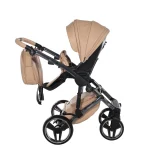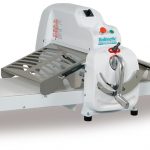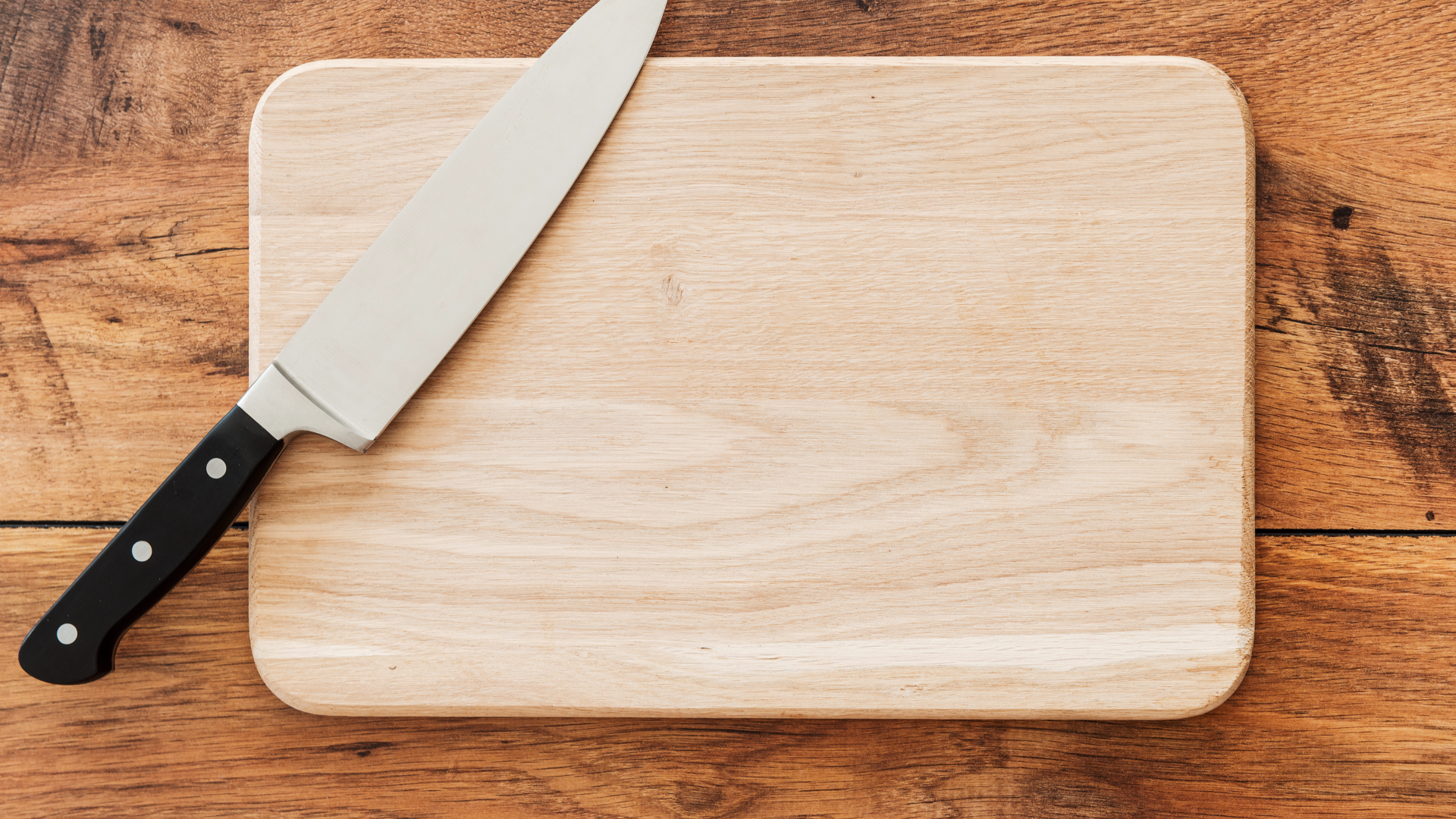Few kitchen items are as essential as a cutting board, but the best ones don’t just keep your knives safe and help you prepare meals — they can also enhance your cooking experience. To help you select the right one for your home, we tapped a group of experts: knife maker Mareko Maumasi of Maumasi Fire Arts, chef Suzanne Cupps (who chopped a lot during her time at 232 Bleecker Street in Manhattan), food director and cookbook author Chris Morocco and artisan woodworker Nils Wessel.
When it comes to the ideal material for a cutting board, all the pros agree that nothing beats solid wood, particularly maple. It’s soft enough to protect knives but hard enough for smooth cuts and easy to sanitize. Wessel, who makes his own cutting boards out of maple, recommends a 15-by-20-inch size for most home cooks and says you’ll get the best results if your board is about 14 to 1-inch thick.
Another good option is teak, which can stand up to heavy use and doesn’t require the frequent reapplication of oil that many other types of wood cutting boards do. If you choose this material, look for a board that is labeled as “seasoning” or “seasoned,” which means it’s been treated with mineral oil prior to assembly. (You’ll still want to apply a few drops of food-grade oil to the board on a regular basis, though.)
If you prefer a lighter board, consider bamboo. The pliable material is a more environmentally friendly choice than wood, but it is harder and less durable than solid wood and requires more maintenance. It’s also more porous, so it can soak up water, which can lead to warping. To combat that, the experts we consulted say it’s important to keep a supply of food-grade wood oil on hand.
No matter which type of cutting board you choose, all the experts we spoke to recommend avoiding ceramic and glass ones, as they’ll damage your knife blades or leave sharp edges behind after chopping foods. They also advise against wood composites, as they can be too hard and dull–or even damage–the edge of a knife. Finally, they all recommend staying away from plastic cutting boards, as they can contain potentially harmful chemicals and aren’t heat-resistant. Schneidebrett-Experte









